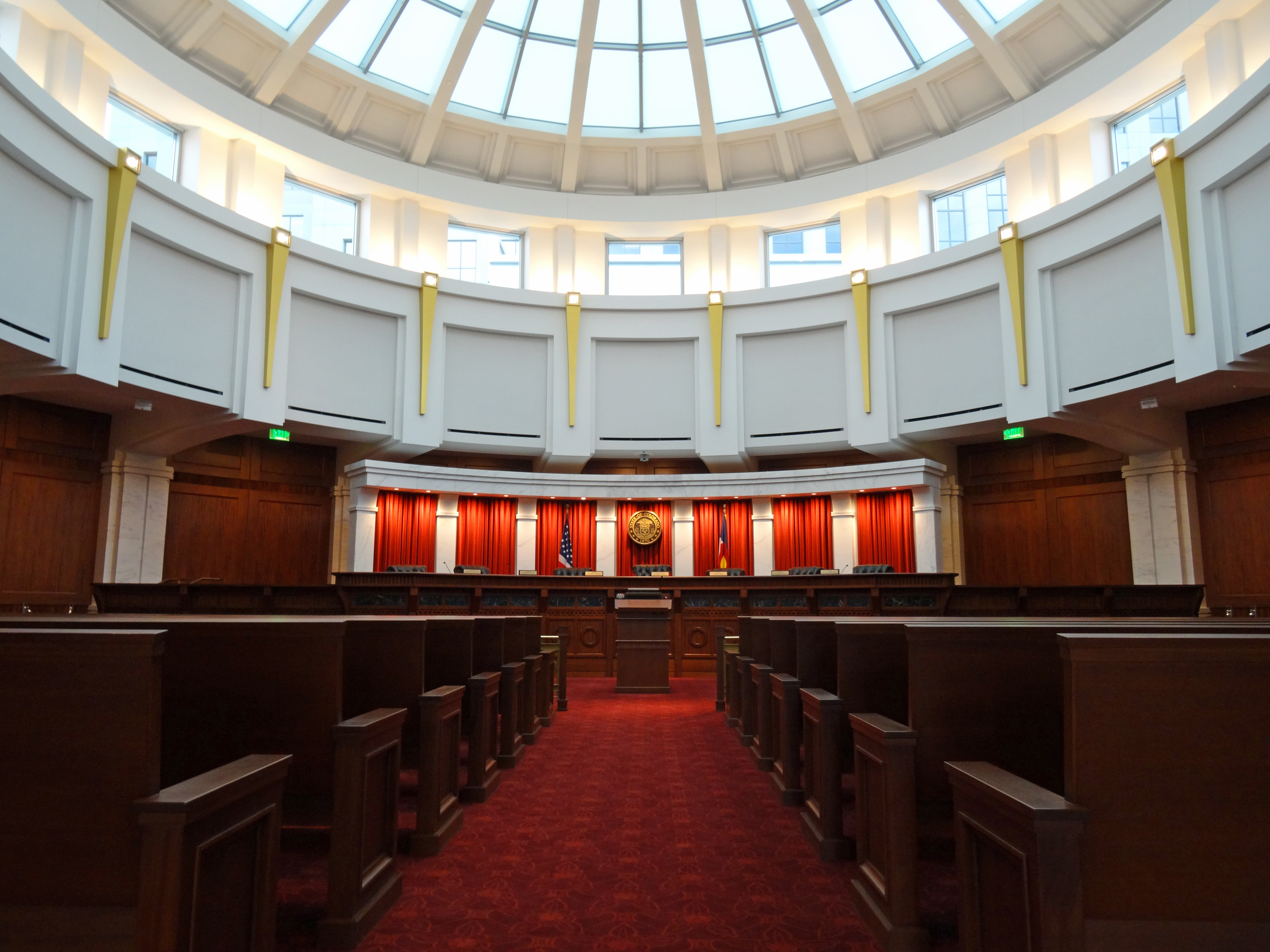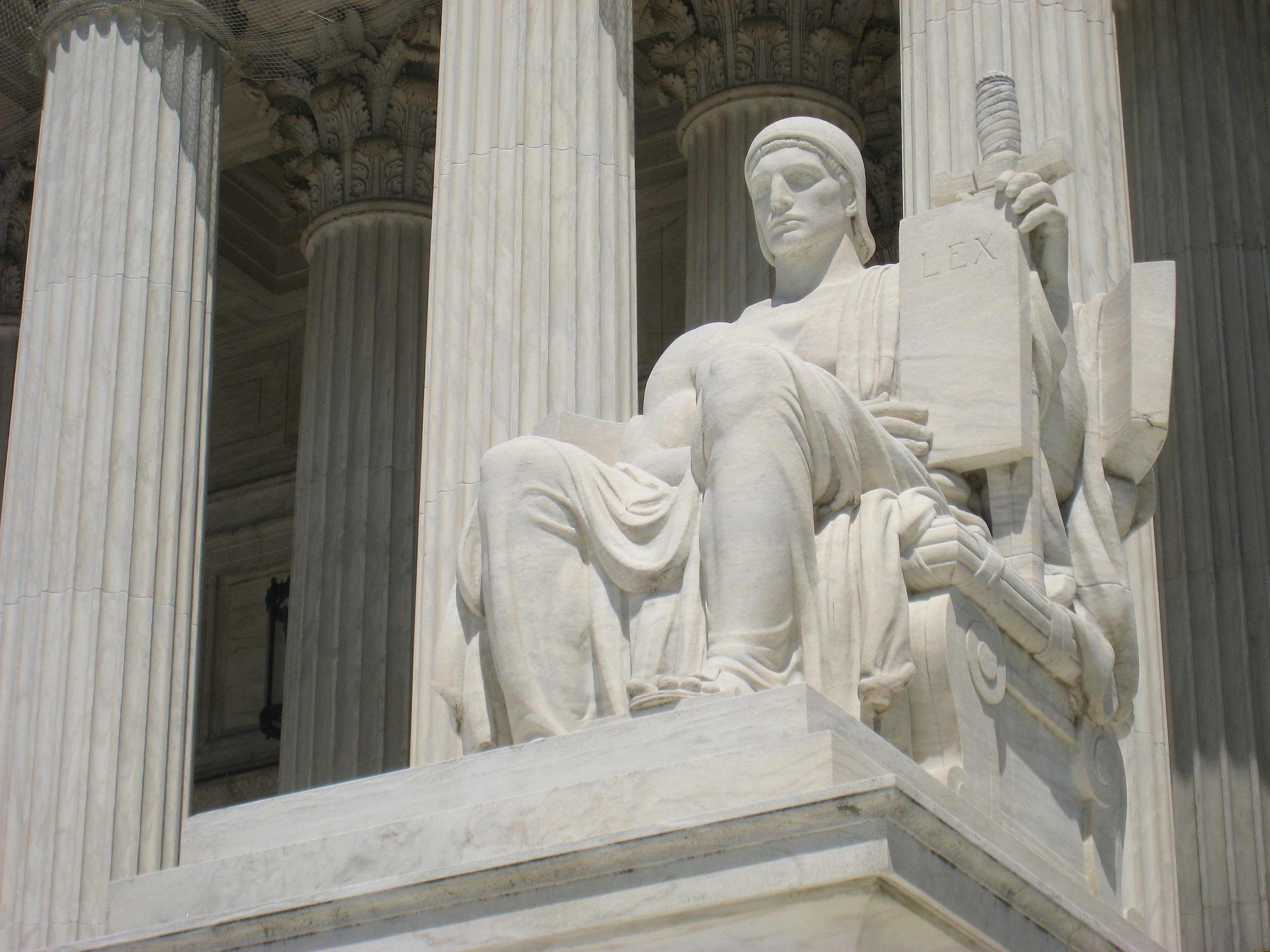
Story
The Beginning of the End of the American Experiment
In 2020, impeachment and a bitterly contested election tested the nation’s legal system. The checks and balances designed by the Founders frayed in the face of extreme partisanship, exposing the limits of Americans’ commitment to the rule of law.
Editor’s Note: How will 2020 go down in history? In the Hindsight 20/20 project from The Colorado Magazine, twenty of today's most insightful historians and thought leaders imagine themselves in 2120, looking back on 2020 and sharing their visions of how that year will stand the test of time.
A hundred years ago was the beginning of the end of the American Experiment.
How did multiple and inequitable pandemics—Covid-19, systemic racial violence, climate change—lead to a nation’s sudden decline? Seemingly lost in assessments of that year, but fundamental to an understanding of that age, was the infection inflicted upon the rule of law.
The first symptoms of this legal pandemic came on December 18, 2019. For only the third time in US history, a sitting president was impeached when the House of Representatives invoked its powers under Article II, section 4, of the Constitution against President Donald J. Trump. Congress specifically brought Articles of Impeachment against the president for abusing his power for political gain in his dealings with Ukraine and for obstructing Congress in its subsequent investigation. After an abbreviated Senate “trial” in which a majority of the senators refused to hear testimony from key actors involved in the allegations, the Senate chose not to convict the president on either count in February 2020.
Up until 2020, Congress had used its impeachment power sparingly. Although the constitutional framers understood the gravity of a president’s dereliction of duties, they knew well that impeachment could expose deep, sometimes irreconcilable divisions in civic life. With that check in mind, only one impeachment of a sitting president occurred between 1787 and 1997. The impeachment of Bill Clinton in 1997 set in motion the process the framers had feared and when Congress first attempted to bring Trump to account, it hastened deep divisions. After that, like any pandemic, the number of outbreaks exponentially grew and impacted almost all areas of life.

The Colorado Supreme Court courtroom, located in the Ralph L. Carr Colorado Judicial Center in Denver.
To be sure, 2020 represented a microcosm of what was to come in an America dealing with endemic racial violence, deep-rooted economic insecurity, the contested role of science in dealing with its most intractable problems, the continued aggrandizement of wealth and power, and the corruption of those who most benefited by the perpetuation of the status quo. In the face of all this, legal institutions at every level buckled under accusations of illegitimacy, irrelevance, and inequity. State and federal courts handcuffed public health professionals’ ability to respond effectively to the Covid-19 spread. Politicians quietly dismantled regulations to protect ecosystems. Police brazenly disregarded the lives of Black men, women, and children. Redress could not be found in stacked courts.
It came as almost a surprise when the Supreme Court in December 2020 rejected what many called an “audacious legal bid” to disenfranchise millions of voters in key battleground states in the presidential election. Part of more than sixty lawsuits (only one successful) orchestrated by the Trump campaign and the Republican Party, legal attacks against public officials and civil servants only served to feed a political frenzy never before seen in America. This pandemic crested on January 6, 2021, when hundreds of insurrectionists, inspired by Trump and scores of elected politicians, stormed the US Capitol, coming within seconds of physically assaulting the elected representatives and senators assembled to confirm a peaceful and orderly transition of presidential power.

Authority of Law by James Earle Fraser sits beneath the West Pediment of the US Supreme Court Building in Washington DC.
On January 13, 2021, Trump was impeached a second time. The resulting trial only confirmed the rapid acceleration of the contagion that infected a body politic in 2020. A lack of accountability for brazen individual and institutional failures symbolized a venomous assault on fellow Americans under the guise of law. Without a shared understanding of how the scales of justice should tip, the year exposed an American legal tradition barely clinging to life.
More from the Hindsight 20/20 project in The Colorado Magazine
The Good Old Days Coloradans of 2020 seemed unaware of just how good they really had it. A time of relative peace and plenty, it’s a year that we look back on with a sense of longing and nostalgia given the War of Disunion and the myriad other woes that we’ve endured in the century since.
American Studies 102: Survey of 21st Century US “Race” Relations A twenty-second-century American Studies professor looks back at the antiquated notion of “race” that prevailed in 2020, when high-profile incidents of anti-Blackness sparked the War of Reckoning and, ultimately, the Great Reconciliation.
Our Strength is Our Union We've learned a lot (that we didn't want to know) about life during a global pandemic. Mark Earnest examines how a society enshrined one generation's learning so that it became durable for future generations to draw upon. A century later we consider: How long does a society retain the lessons we learn?
